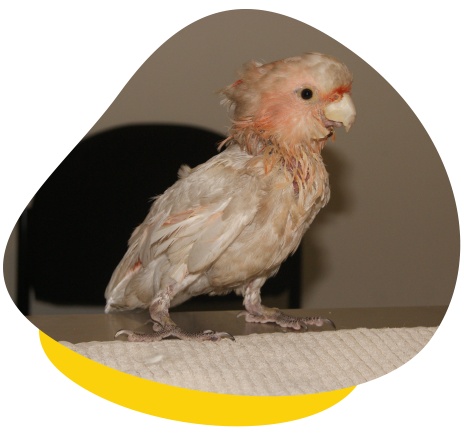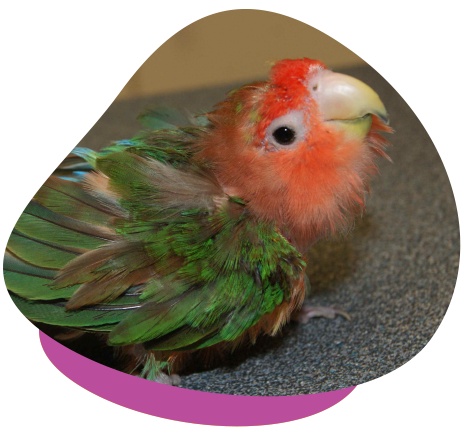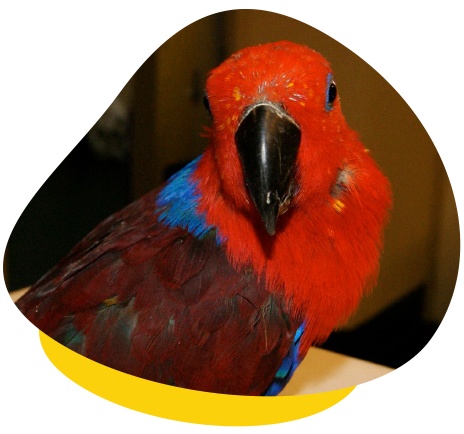Psittacine Beak and Feather Disease (PBFD) is a viral infection that affects parrots and other avian species, and can significantly impact their health. Understanding the symptoms, modes of transmission, and diagnostic options is crucial for early detection and effective disease management. While treatment options for PBFD are limited, providing supportive care and addressing secondary infections can help improve the affected bird’s well-being. As it can be highly contagious to other birds, it is important to confirm a suspected diagnosis of PBFD to ensure other birds at home are safe.
In this article, we will delve into the details of this disease, and emphasise the importance of testing and provide a more nuanced perspective on the prognosis for infected birds.





